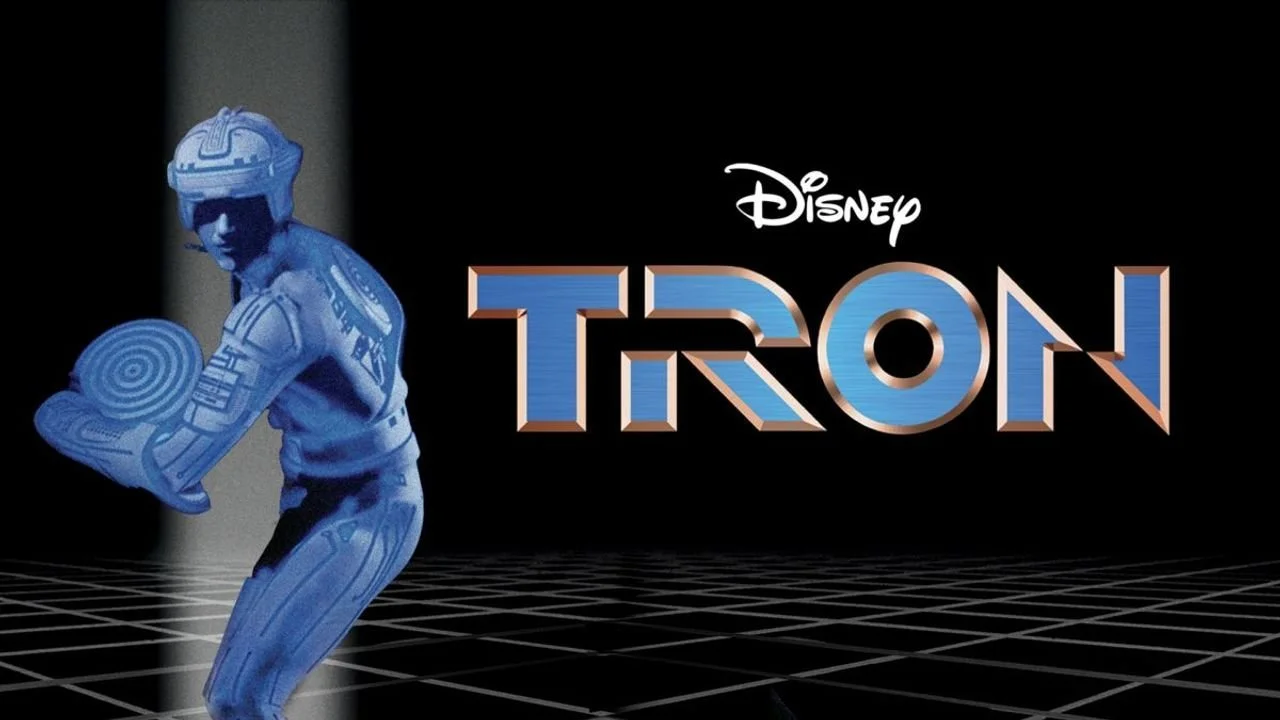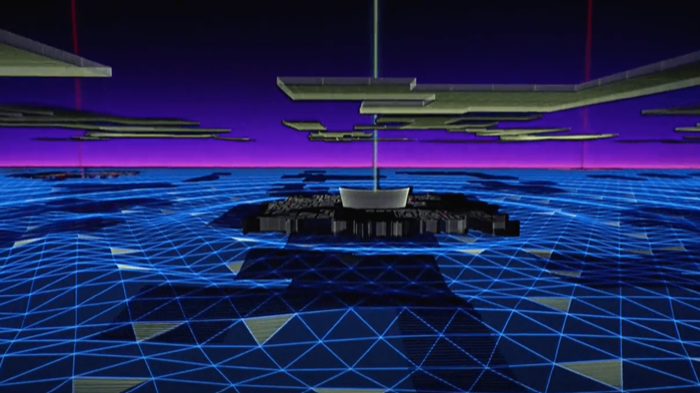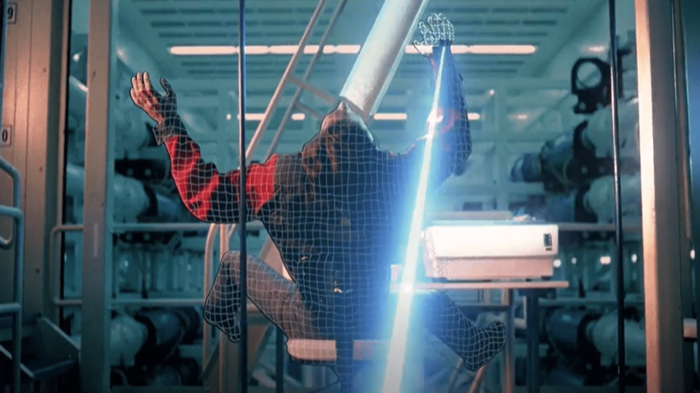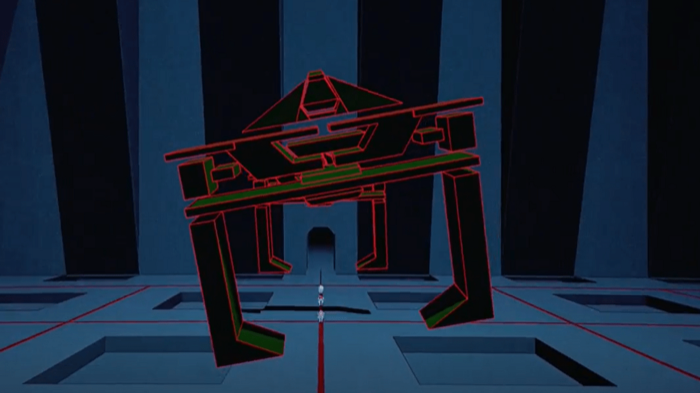How 'Tron' Changed Sci-Fi And Predicted The Future
On July 9, 1982, audiences witnessed the thrilling digital adventure of Tron for the first time. While the movie had mixed reviews upon release, the impact was present and resounding. Not only was it a game changer for visual effects, it predicted the future in several ways.
With big-name movies like ET: The Extra-Terrestrial to compete with, Tron didn’t get as much recognition upon release. However, this movie was one of the first to employ CGI, relying on visual effects to create The Cyberspace and everything included. It may not seem like an Avengers-level feat now, but at the time it was. Tron contained 15-20 minutes of CGI film, which at the time was completely unheard of.
RELATED:
From the scenery to the character presentations, CGI and backlit animation were vital tools for creation. Tron showed the world that computer animation of any form was not only worth it to employ, but also enriching for world-building. The head of Disney and Pixar’s animation group, John Lasseter, even said that “without Tron, there would be no Toy Story” due to the movie’s use of CGI. Tron created a world based on a borderline experimental method, proving it was worth the time and money. The creativity and effort, as well as the gorgeous result, set a new standard for Sci-Fi movies going forward.
Not only was the movie revolutionary for Sci-Fi and the advancement of computer-generated graphics, but it also managed to predict the future in several ways. One of the most glaringly obvious ways is through their world, known as The Cyberspace. It was a digital world where programs lived and manipulated reality. Their activities were larger than life while being computer generated and not real. That sounds pretty similar to The Metaverse we hear about nowadays.
In a similar strain to The Metaverse, we have a concept of digital identity that can be seen in Tron. We have digital personas, a different version of ourselves presented online. Sometimes that even extends to physical bodies- think BitMojis and Instagram Avatars. This connection may be a bit weaker than others, but the computer programs have personas in the Tron program. Flynn takes it closer to our digital identities, being put into the Tron program and embracing the differences he has within the game to succeed.
Artificial Intelligence, or AI, has always been a fascination for humans since the concept was thought of. Where it would go, though, no one at the time knew. In Tron, there is an AI known as the MCP or the Master Control Program. It controls one mainframe and has the desire to control more. The MCP starts taking steps to do more on its own, hacking into other things and making its own decisions. The AI we see today, while not this drastic to the public, seems to follow this line of independence.
It’s not just AI, but code people script themselves that perform these actions and pull this information. The MCP had the ability to blackmail the main character by pulling information as it pleases. Today, people do this to other people, companies, etc. manually or with program assistance. The intention and end goal varies depending on the situation, but oftentimes it’s a control and ransom situation. Anything is susceptible, not just governmental stuff like the MCP was targeting. Even video games and their servers can be hit!
Love it or hate it, the movie became a cult classic. It set a standard for future sci-fi movies, both in world-building, and the use of CGI. Not only that, but the movie had parallels to the future that were spot on. While some things may seem obvious in hindsight, things were much less so in the 80s, so the accuracy of the parallels is truly astounding. It’s on Disney+ right now, give it a watch and see if you can find any parallels of your own.
READ NEXT:
Source(s): Disney Wiki




